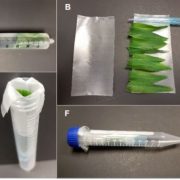
Plant leaf apoplast: an easy method to estimate its hydration state and contents
Plant Physiology, Plant Physiology: News and Views, ResearchBy Maria Grazia Annunziata
Max Planck Institute of Molecular Plant Physiology, 14476 Potsdam-Golm, Germany.
The plant leaf apoplast is composed of all extracellular compartments beyond the plasmalemma and is filled with gas, water and cell wall elements (Sattelmacher, 2000). The apoplast is involved…
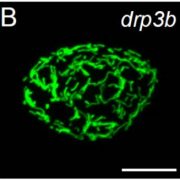
Mitochondrial dynamics for pollen development
Plant Physiology, Plant Physiology: News and Views, ResearchAuthor: Masanori Izumi
Affiliation: Frontier Research Institute for Interdisciplinary Sciences, Tohoku University, Sendai 980–8578, Japan
Mitochondria are active organelles that move rapidly, change shape and undergo repeated fusion and fission (Frederick and Shaw, 2007; Tilokani et al., 2018).…
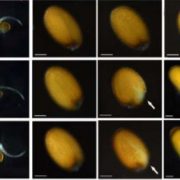
Changing gears in salt stress tolerance: AtCAMTA6’s role in transcriptional regulation of ion transport
Plant Physiology, Plant Physiology: News and Views, ResearchSalt stress affects plant growth and development at all stages, reducing germination, and compromising seedling establishment, transpiration, and root growth (Munns and Tester, 2008). At later developmental stages, the overaccumulation of salt ions in the shoot disrupts photosynthesis and other vital…

Balance Under Stress: A Case of Mixed Signals
Blog, Plant Physiology, Plant Physiology: News and Views, ResearchPlants may appear to be sitting ducks to whatever pest, pathogen or bad weather assaults them, but they are far from defenseless. In fact, plants are artful masters of war, armed with elaborate physical and chemical defense systems. But, in many cases, optimizing growth and defense is like running a…

BRacing for water stress: Brassinosteroid signalling promotes drought survival in wheat
Plant Physiology, Plant Physiology: News and Views, ResearchBrassinosteroids (BRs) have come a long way since their first identification in 1979 as pollen-derived, growth-promoting hormones. Multiple studies have demonstrated roles for BRs in the control of cell elongation, pollen fertility, root architecture, seed germination, stomatal patterning, vascular development,…
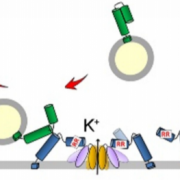
Two is better than one: Dual SEC11 binding sites regulate SYP121-mediated vesicle trafficking
Plant Physiology: News and Views, ResearchVesicle trafficking is indispensable, playing critical roles in plant growth, development, and stress responses, and trafficking to the plasma membrane is an important contributor to cell expansion and cell wall remodeling (reviewed in Lipka et al., 2007; Grefen and Blatt, 2008). Vesicle budding, trafficking…

Cutting the mustard: Evolving ER structures into ER bodies for plant defence
Plant Physiology: News and Views, ResearchThe endoplasmic reticulum (ER) has been likened to the manufacturing and packaging department of a factory, an action packed production area that distributes things to the rest of the cell. The ER does this by forming complex networks of tubules and cisternae that connect to other membranous organelles.…

Plastid Sulfate Transporters Open Doors To Abiotic Stress Resistance
Plant Physiology: News and Views, ResearchClimate change is causing more extreme weather patterns and increasing challenges for agriculture. The unusually dry European summer of 2018 caused an 8% drop in cereal production (source: https://ec.europa.eu/info/sites/info/files/food-farming-fisheries/farming/documents/short-term-outlook-autumn-2018_en.pdf).…
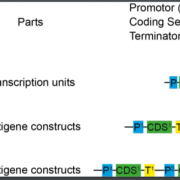
A Bridge Between Kingdoms: Introduction of a Golden Gate-based Tool Kit for Cyanobacteria
Plant Physiology: News and Views, ResearchOne goal of synthetic biology is to build artificial pathways for bioengineering of high value compounds. To this end, pathways are not only split into individual reactions, but the expression of one enzyme is also split into individual parts (e.g., promotors, ribosomal binding sites, coding sequences,…

